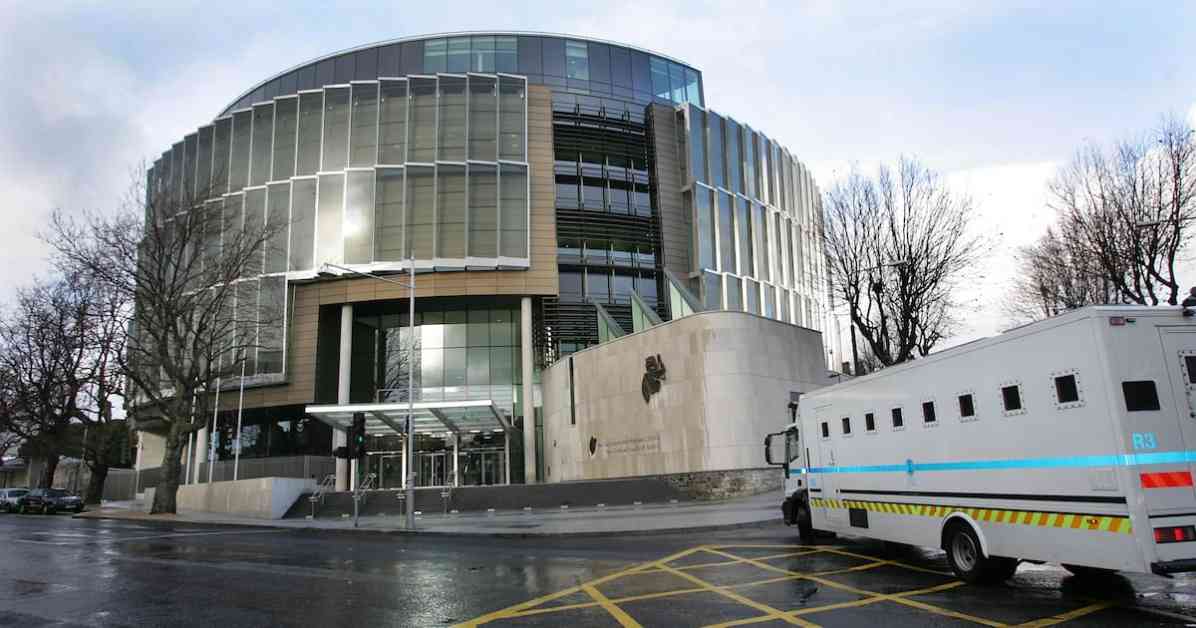Three men found guilty of rape and sexual assault of a woman they met in a Dublin nightclub almost six years ago have been convicted after pleading not guilty. The incidents occurred on August 31st, 2019, at an unknown location in a car and a Dublin house. Anthony Hickey, Fabio Vicente, and Matin Zolfaghari were the perpetrators involved in this troubling case. The jury, comprising eight men and four women, deliberated for 13 hours before returning guilty verdicts on six of the seven charges on Wednesday.
Chilling Details Unveiled During Trial
During the trial, the victim shared her harrowing experience, stating that she believed she was drugged after conversing with a group of men at the nightclub. Her recollections were hazy, with fragmented memories of being in a car where she was raped multiple times by different individuals. She vividly recalled being in a state of vulnerability, with one man on top of her during the assaults. The ordeal continued when she found herself in a house, where another man proceeded to sexually assault her while she lay defenseless. The victim’s courageous testimony shed light on the trauma she endured that fateful night, leaving a lasting impact on her life.
Expert analysis and witness accounts presented a grim picture of the events that transpired, highlighting the severity of the crimes committed against the victim. The defense counsel’s arguments attempted to paint a different narrative, suggesting consensual interactions between the accused men and the victim. However, the victim vehemently denied these claims, asserting that she did not consent to any sexual activity with the perpetrators, whom she regarded as strangers then and now.
Compelling Evidence and Legal Battles Unfold
The trial further delved into the digital footprint left by the accused men, revealing a series of incriminating WhatsApp messages exchanged between them. These messages alluded to a coordinated effort to downplay the severity of the assaults, with attempts to create a shared narrative to protect themselves. The defense’s legal maneuvers sought to suppress this evidence, citing potential prejudice and legal privilege in their communications. However, the prosecution argued for the relevance of these messages in establishing the credibility of the accused men’s testimonies.
In a startling revelation, bruises and red marks found on the victim’s body during a medical examination added a layer of physical evidence to support her claims of assault. The court’s scrutiny of the digital communications between the accused men painted a damning picture of their attempts to manipulate the narrative and evade accountability for their actions. The legal battle surrounding the admissibility of these messages underscored the intricate web of deceit woven by the perpetrators in their bid to escape justice.
The emotional toll of the trial was palpable as the victim bravely faced her assailants in court, recounting the traumatic events she endured with unwavering resolve. The judge’s acknowledgment of the challenging nature of the case reflected the gravity of the crimes committed against the victim. As the proceedings unfolded, the courtroom atmosphere was charged with tension, mirroring the profound impact of the crimes on all involved.
In a case fraught with complexities and legal intricacies, the pursuit of justice for the victim remained at the forefront. The collective efforts of law enforcement, legal teams, and the judicial system underscored the commitment to holding the perpetrators accountable for their reprehensible actions. As the trial drew to a close, the victim’s resilience and courage stood as a testament to the strength of survivors in the face of adversity. The verdict rendered a semblance of closure, albeit a small victory in the long and arduous journey towards healing and justice.












